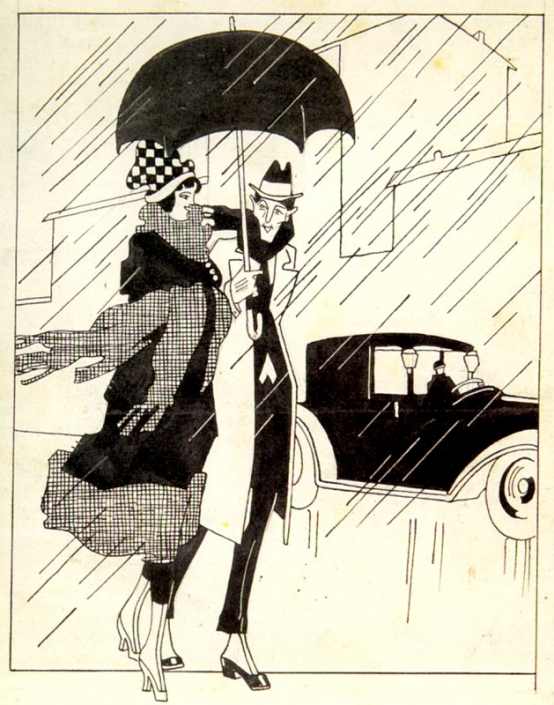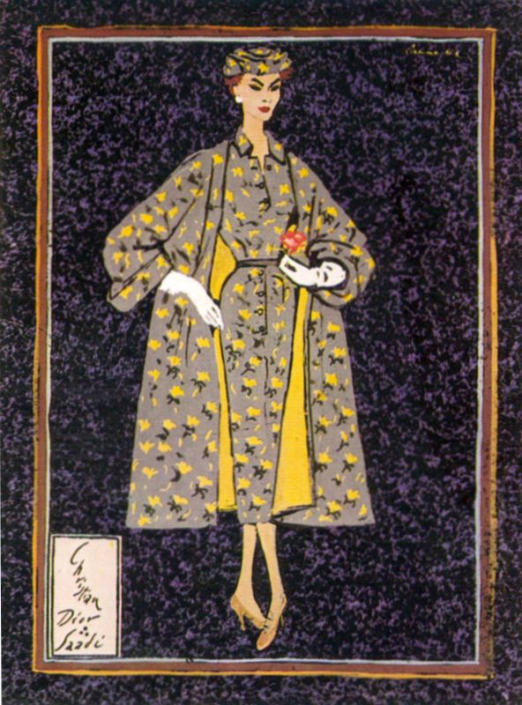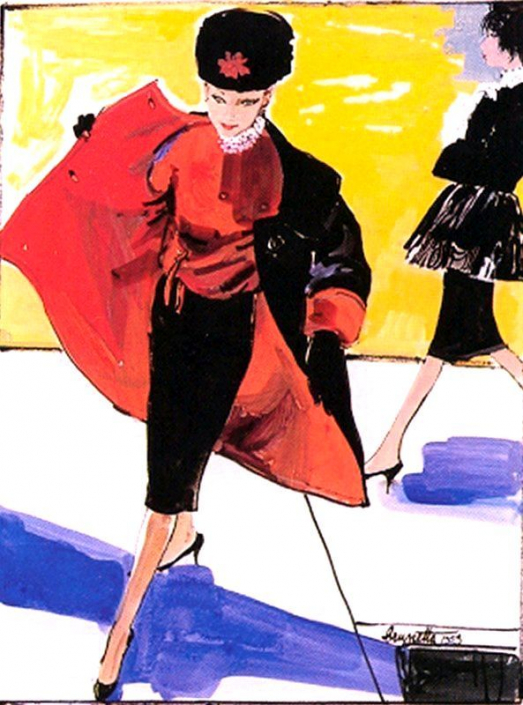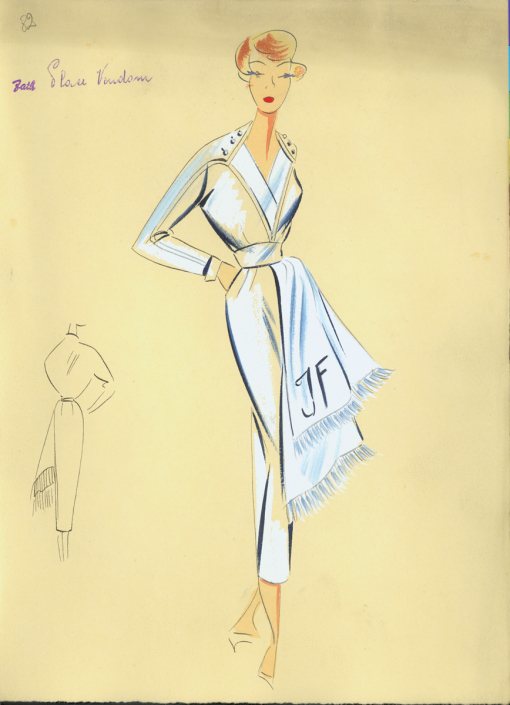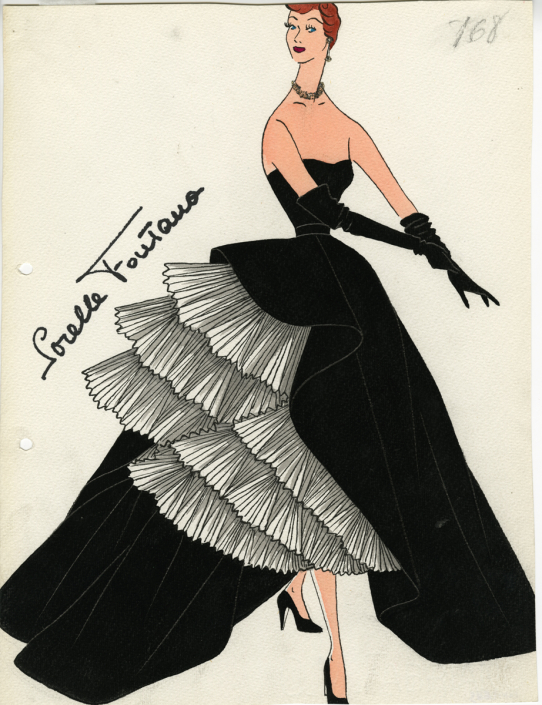The CSAC’s first contacts with the protagonists of Italian fashion, from the historic tailors of Roman haute couture to the designers of Milanese prêt-à-porter, date back to the late 1970s. The collections of these design materials, initially aggregated in the Media Department, were first located in the Ala dei Contrafforti in the Pilotta, but their constant growth led them to take on a precise identity of their own, and in that location, the Fashion Archive was born, later transferred to the Padiglione Nervi and now located in the Abbazia di Paradigna. The work of acquiring the fonds continued throughout the 1980s and into the following decade, bringing together some 70,000 pieces including figurines, drawings, sketches, clothes, magazines.
The extensive cataloguing work carried out with continuity and commitment by young scholars, researchers and the professors themselves, supported by contributions from specialists in the field, will lead to the creation of an extremely innovative research model, the same that will be profitably applied to the other sections of the CSAC. The integration and continuous dialogue between the collection of materials and in-depth scientific research have resulted in a reprogramming of the models of analysis of the collected collections, leading to a very innovative historical perspective, a different cultural policy.
Parallel to the increase in collections, the collection of specialised texts and trade press is pursued consistently and punctually, which are housed in the extensive library that is still located in the Contrafforti Wing. The work in the Fashion Section continues and, from a strictly operational point of view, material collections are collected directly on site: fashion houses, ateliers, companies where people working in the sector work.
The work of cataloguing first involves dividing the drawings into annual collections: the work is particularly complex as the material is heterogeneous, incomplete and disorganised. The designs are dated by comparing them with photos of the models published in fashion magazines. The most complex task concerns the Haute Couture archives, especially that of the Sorelle Fontana, Schubert and Maria Antonelli. Here the greatest difficulty lies in identifying the various hands of the designers who, in the 1950s, as is known, worked in several ateliers. Once this work was completed, each individual drawing was catalogued and a card was drawn up with the various design data and a photo of the piece catalogued.
arting from the end of the 1970s, in the space of five to six years, the entire collections of the great protagonists of haute couture – Sorelle Fontana, Emilio Schuberth, Maria Antonelli, Renato Balestra, Clara Centinaro, Antonio Pascali – and prêt-à-porter – Walter Albini, Irene Galitzine, Albertina, Giorgio Armani, Gianfranco Ferré, Krizia, Franco Moschino, Carlo Palazzi, Cinzia Ruggeri, Gianni Versace – arrived in Parma. They were joined by Rocco Barocco, Nino Caprioglio, Guido Cozzolino (present with a mighty corpus of fashion magazines exceeding 4000 pieces), Valentino and Brunetta Mateldi. In 1981, with the latter’s monographic exhibition, the CSAC launched the presentation of the Fashion Archive collections. Brunetta, a great designer, who through the pages of L’Espresso (from 1965 to 1976) ‘photographed’ with extreme irony the changes in costume in that decade, fundamental for the development of Italian fashion.


